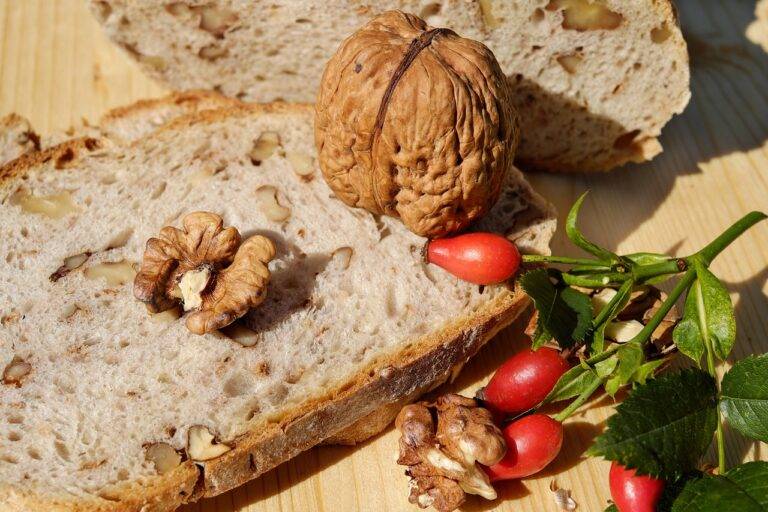Exploring the World of Traditional Asian Cuisine
Asian cuisine is known for its diverse flavors, vibrant colors, and aromatic spices. From the umami-rich dishes of Japan to the fiery curries of Thailand, each region’s culinary traditions offer a unique sensory experience that reflects the rich cultural heritage of Asia. Rice, noodles, and a myriad of fresh vegetables are staple ingredients in Asian cooking, providing a satisfying balance of textures and flavors in every dish.
The art of Asian cooking has been honed over centuries, with recipes being passed down through generations. Traditional cooking methods such as stir-frying, steaming, and braising are integral to preserving the authenticity of Asian dishes. Soy sauce, fish sauce, and coconut milk are just a few of the key ingredients that lend depth and complexity to Asian cuisine, creating a harmonious blend of sweet, salty, sour, and spicy flavors that tantalize the palate.
The History of Asian Culinary Traditions
Asian culinary traditions have evolved over thousands of years, deeply rooted in the region’s rich history and diverse cultures. Each country in Asia boasts its unique culinary heritage, from the intricate flavors of Thai cuisine to the delicate balance of Japanese dishes. Food has always been an integral part of Asian societies, with recipes passed down through generations and adapted to suit changing times and tastes.
Throughout history, trade routes played a significant role in shaping Asian culinary traditions, as spices, ingredients, and cooking techniques were exchanged between different regions. This cultural exchange led to the fusion of flavors and the creation of new dishes that showcased the diversity and creativity of Asian cuisine. From the spice trade along the Silk Road to the maritime routes of the Indian Ocean, these interactions left a lasting impact on the way Asian food is prepared and enjoyed today.
Key Ingredients in Traditional Asian Cooking
In traditional Asian cooking, rice holds an essential role as a staple ingredient. Whether steamed, fried, or turned into noodles, rice forms the foundation of many Asian dishes. It is often paired with a variety of other ingredients such as vegetables, meats, and sauces to create flavorful and hearty meals.
Soy sauce, made from fermented soybeans, wheat, and salt, is a common ingredient in Asian cuisine. Its savory, umami flavor adds depth to dishes and helps to enhance the overall taste. Soy sauce is used in marinades, stir-fries, and dipping sauces, making it a versatile and indispensable component of Asian cooking.





